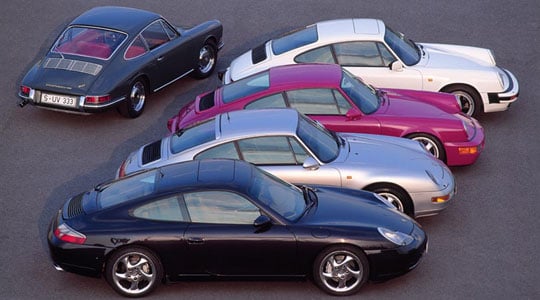
The “911" as its drivers and fans call it is celebrating it 40th birthday: Four decades of Porsche sports car tradition, with new, trendsetting variants entering the market time and again. And there is absolutely no reason to believe that the thrilling 911 story will lose its momentum in the next years or even decades. On the contrary, the 911 will continue to play a decisive role in keeping Porsche economically healthy and independent, acting as a key element in the Company's plans for the future.
Production of the 911 in the 2002/2003 year of business exceeded 25,000 units. Intelligent, far-sighted technical development of the 911 (together with the Porsche Boxster) is indeed the reason why Porsche, following difficult times in the early '90s, has in the meantime risen to new heights, remaining an independent car maker of the highest standard. Increasing consistently throughout the last 10 years, production, customer deliveries, revenues and profits have moved up from one record to the next. And now, not least thanks to the introduction of the Cayenne, this story of success will continue in the 2002/2003 year of business despite the difficult market and world economy.
Back in 1963 Porsche was a small company with some 1,000 employees. The launch of the 911 at the Frankfurt Motor Show was a great and, indeed, a dramatic milestone for this sports car manufacturer from Stuttgart-Zuffenhausen.
The basic concept of this sports car presented by Porsche for the first time remains almost unchanged to this very day: The high-performance power unit fitted in the rear of the car gives the 911 superior agility, optimum brake behaviour and good traction on the rear wheels.

The design of the car goes back to Ferdinand Alexander Porsche, the eldest son of Ferry Porsche, at the time the President and Chief Executive Officer of the Company. A 25-year-old designer back in those days, F. A. Porsche warmly remembers the great task of creating a successor to the Porsche 356: “The job was not to simply design some kind of new car within a large model range. No – this was to be the successor to a car which itself had become a classic after more than 1 1/2 decades in the market." So he himself describes the 911 as a sports car with a clear and honest form, stating just as clearly that “a good product must be discreet in its good looks. Design is not fashion".

Back then and today, the power unit of the 911 was and is a horizontally-opposed six-cylinder with an unmistakable sound, even though output has increased to 320 bhp in the current Carrera or even 420 bhp in the 911 Turbo. A decisive year in this development process was 1997, when Porsche developed a new power unit for the 911 retaining only the principle of the horizontally-opposed six-cylinder. For the big difference was that this 3.4-litre power unit initially developing 300 bhp was – and is – water-cooled. The concept of air cooling applied up to that time on the VW Beetle and later on all 356 and 911 models was no longer suitable mainly because of the optimum cooling required on all four valves of each cylinder. And ever since the introduction of water cooling, it has been much easier to fulfil the strict emission standards now applicable worldwide. Today the six-cylinder in the 911 Carrera develops maximum output of 320 bhp from 3.6 litres.
 |
 |
Essential features demanded not only of the 911, but also of its predecessor, the 356, are that a Porsche sports car must be reliable and fast, but at the same time fully suited for everyday motoring, socially accepted, and with lasting qualities guaranteeing lasting value. These principles applied from the very beginning remain unchanged to this day: Throughout the last four decades, the 911 has remained modern, the cutting edge in technology in many areas, and therefore often a step ahead of its times.
The 928 – the car initially seen as the successor to the 911
Back in the mid-70's this superiority of the 911 was not acknowledged by everybody. Indeed, there were certain doubts within the Company as to the long-term perspectives of the Porsche 911. So in autumn 1977 Porsche presented the 928, a front-engined 8-cylinder sports car claimed to be the new top-of-the-range model and the upcoming successor to the 911. Although the 928 was clearly acknowledged for its qualities, customers remained loyal to the 911. And even though Porsche's engineers kept on upgrading the 928 for many years, they slowly but surely started to focus more on the process of optimising the immortal 911 in all its glory. Right from the start, the 911 was truly outstanding in its supreme performance – and this supremacy remains a characteristic feature of this unique sports car from Stuttgart-Zuffenhausen to this very day. Back in 1963, superiority of this kind meant acceleration from 0 – 100 km/h in 9.1 seconds and a top speed of 210 km/h or 130 mph. By contrast, the current 911 Carrera in the 996 model series accelerates to 100 km/h in 5.0 seconds and has a top speed of 285 km/h or 177 mph.
The Porsche 911 also plays an outstanding role in the Company's history of motorsport which contributed so significantly to the image of the 911 and vice versa. Whilst it would be wrong to say that the 911 is responsible for all of Porsche's racing wins scored on race tracks and in rallies the world over, it is a fact that more than half of the well over 23,000 victories in Porsche's motorsport career are attributable to the 911.
First try – first win: This was in 1965 when two employees of Porsche – Herbert Linge and Peter Falk – brought home a class victory as “insignificant" outsiders in the Monte Carlo Rally with a 130-horsepower 911, finishing fifth overall. Only a short while later, in the years from 1968 – 1970, the winners of the Monte Carlo Rally, Elford/Stone and Waldegård/Helmer clinching victory twice in their 911, had more power increasing to 230 bhp by the year 1970.
Power rockets up to 845 bhp
Aficionados of sports cars will definitely have wonderful memories of the 911 Carrera RS 2.7, which entered production in autumn 1972. This car was the starting point for a wide range of 911s with outstanding racing attributes such as the Carrera RSR. The first Turbo Carrera developing 500 bhp entered the scene in 1974, paving the way for the 934 and 935 specially built for the new Group 4 and Group 5 production sports car category raced as of 1976 according to new international regulations. Right from the start, these cars won the Constructor's World Championship for Porsche, Rolf Stommelen/Manfred Schurti and Jochen Mass/Jacky Ickx bringing home this glorious victory. In 1977 an optimised 935 won three races for the Constructor's World Championship, private 935s clinching the title for Porsche. And in 1979, finally, a 935 won the 24 Hours of Le Mans.
The most extreme racing version of the 911 was “Moby Dick" in 1978. Low, wide and long, this Porsche clearly stood out from all other versions of the 935 at first sight. For the first time in the history of the 911, the engine came with water-cooled cylinder heads featuring four valves per cylinder. Output of the turbocharged 3.2-litre six-cylinder peaked at a staggering 845 bhp.
The 911 GT1 introduced in 1998 was the first Porsche to feature a carbon-fibre chassis, the absolute highlight of the year being Porsche's one-two victory in Le Mans with Allan McNish/Laurent Aiello/Stephane Ortelli finishing first ahead of Uwe Alzen/Bob Wollek/Jörg Müller.
By tradition, customer sport has always been of great significance to Porsche – and the 911 is acknowledged as an excellent racing car also for the customer. Raced by a customer team, a 435 bhp 911 GT3 RS brought home the 24 Hours of Daytona in the USA in February 2003. 911 GT3 Cup cars closely related to their production counterparts and developing output of approximately 390 bhp are to be admired all over the world in various Porsche brand trophies, Porsche customers currently winning international and national Gran Turismo titles with this series-based 911.
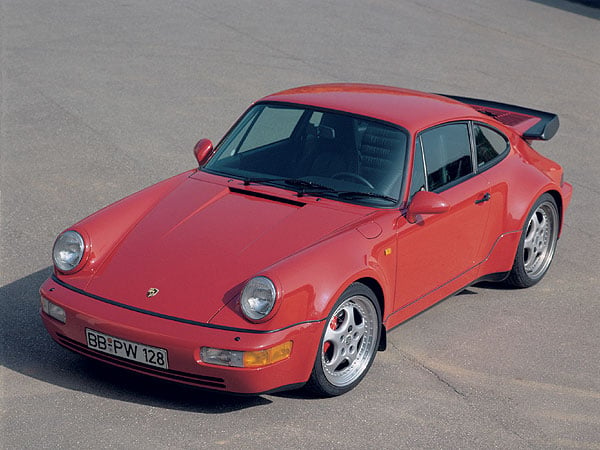
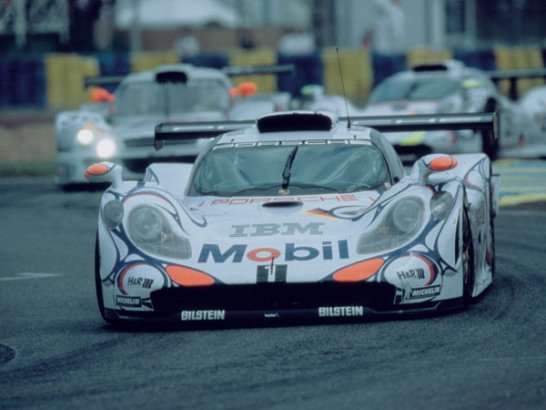
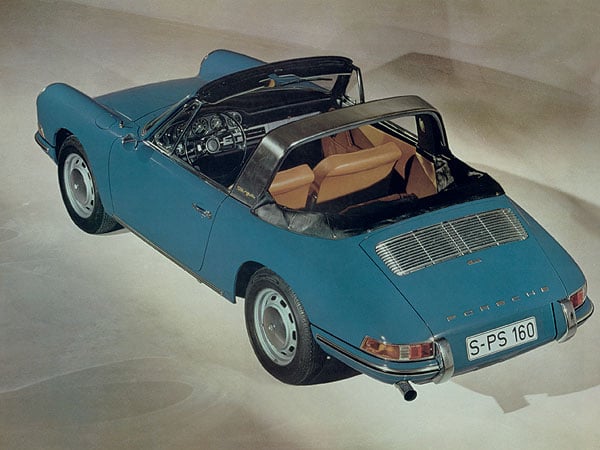
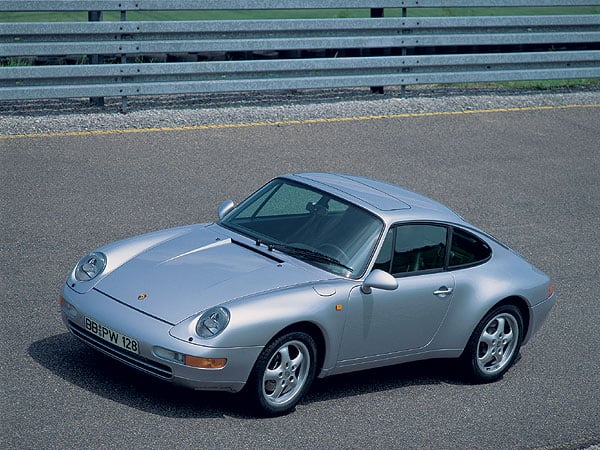
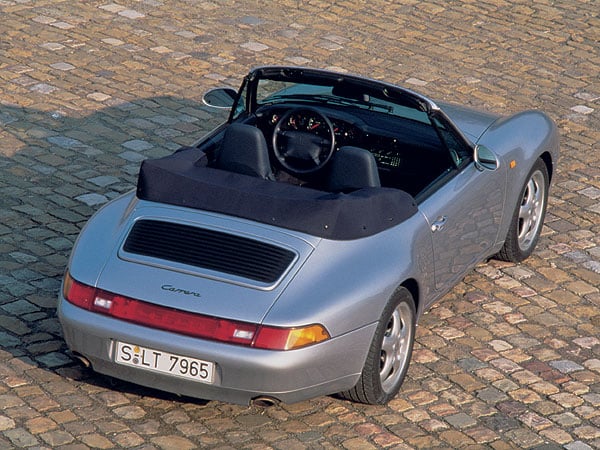
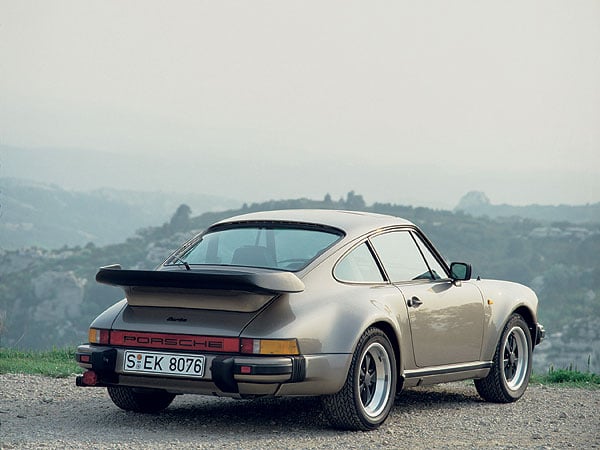
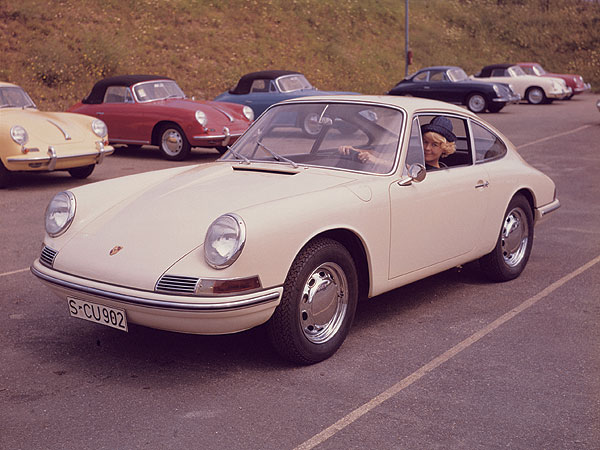
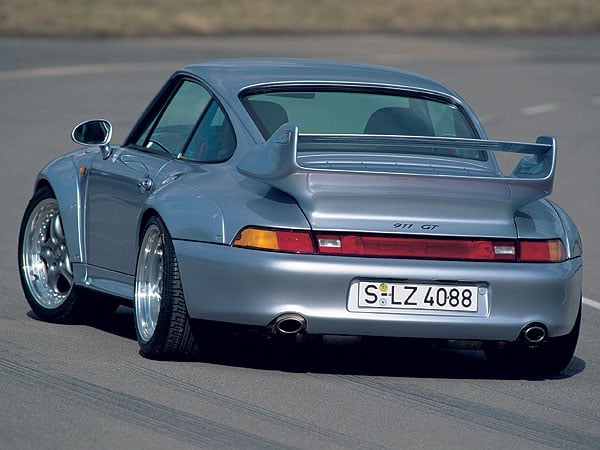
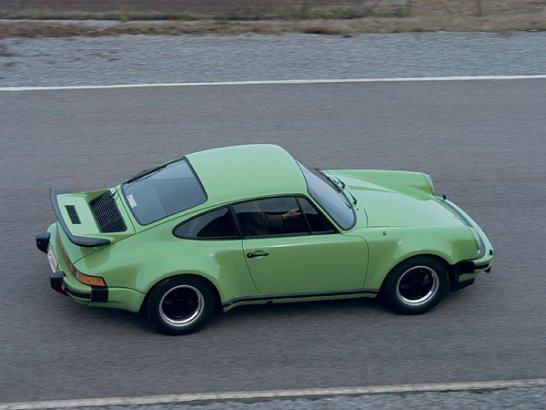
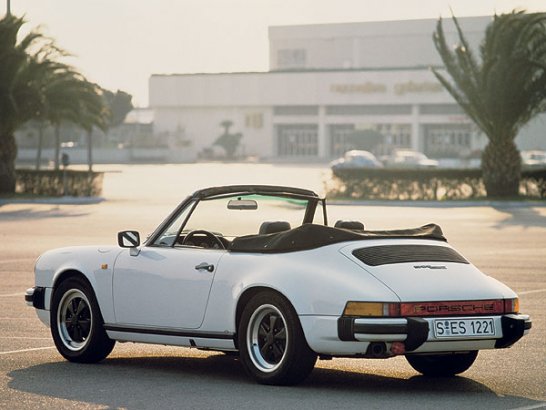
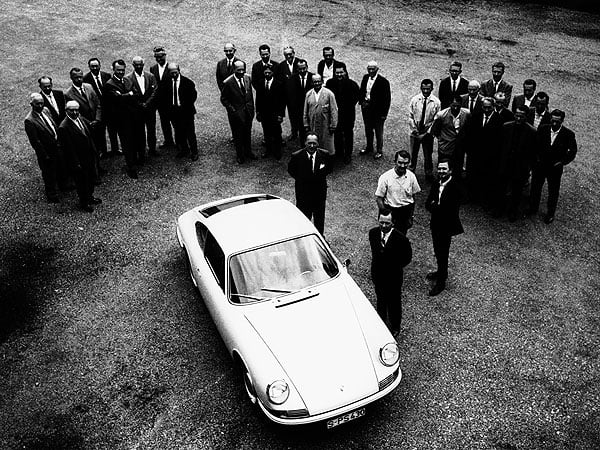
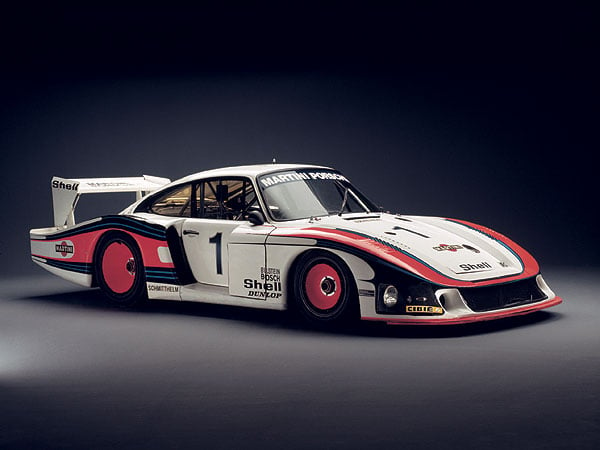
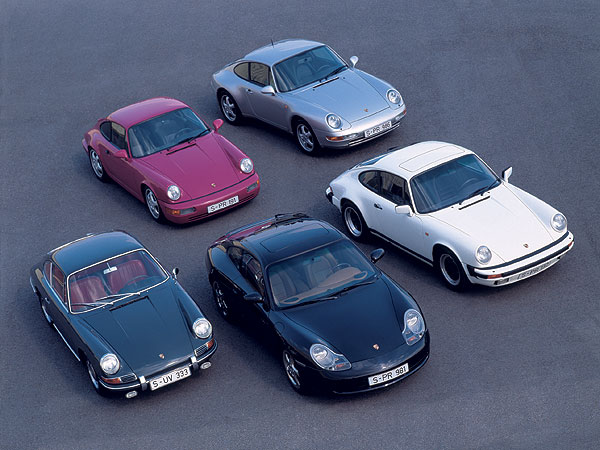
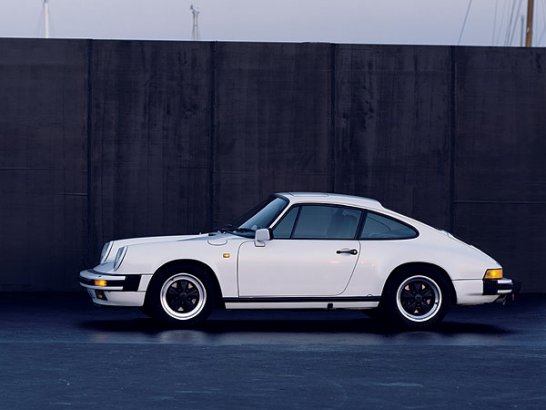
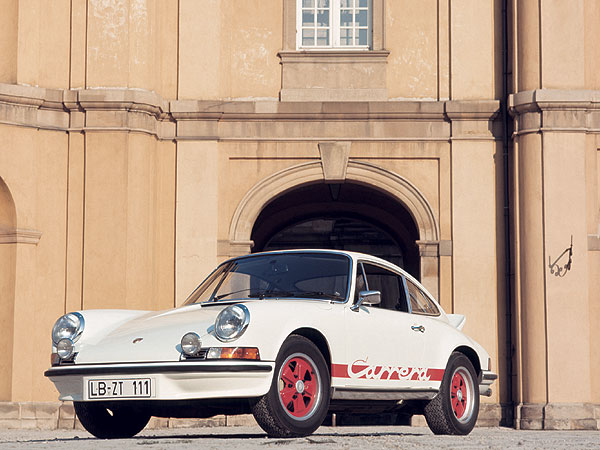
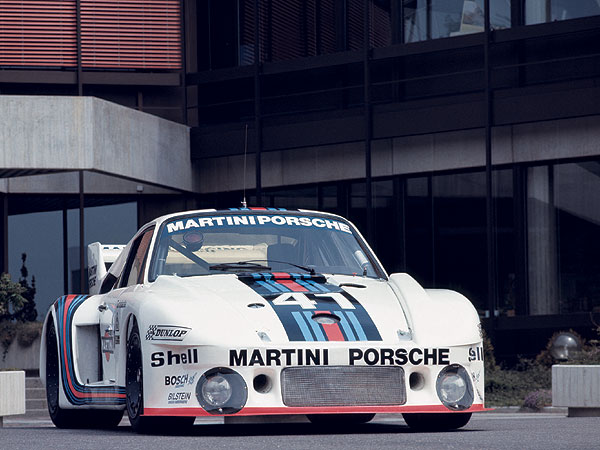
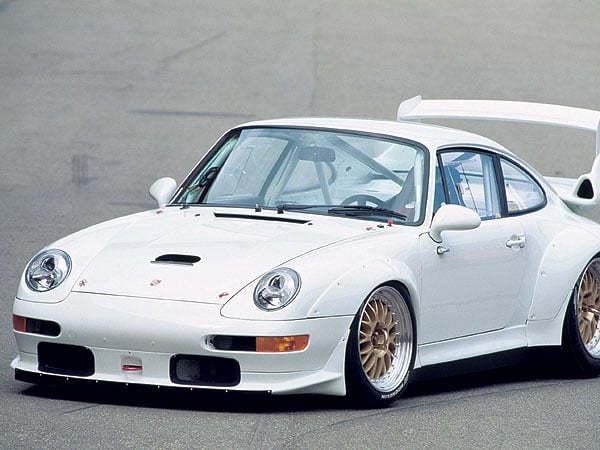
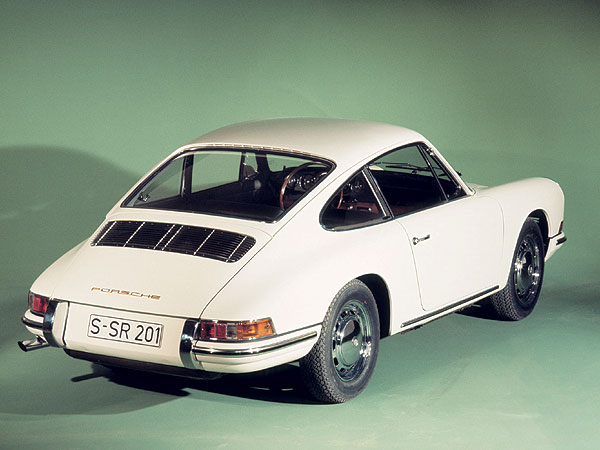
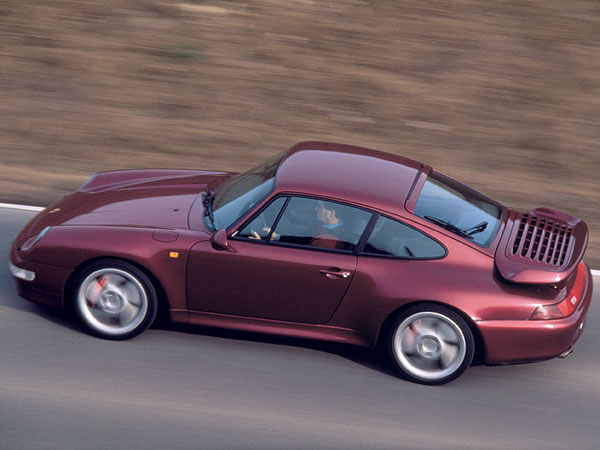
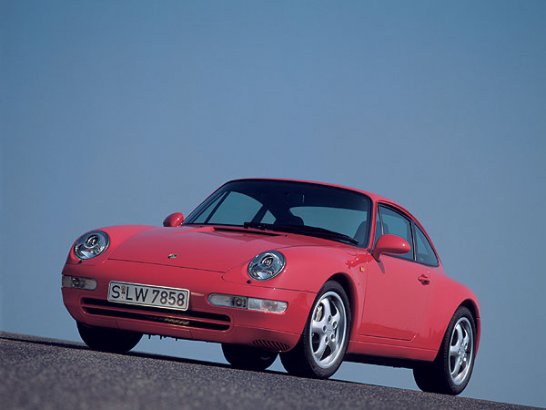
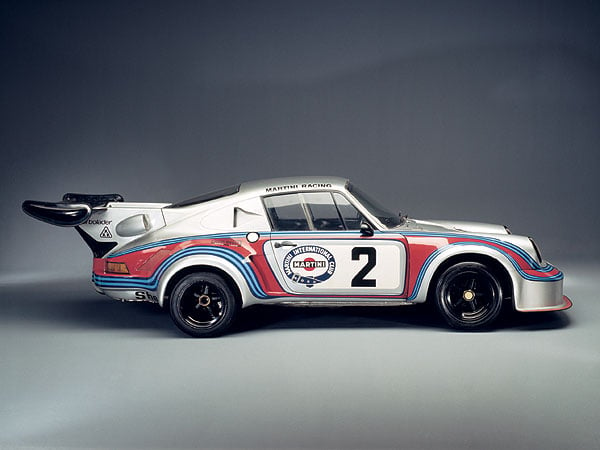
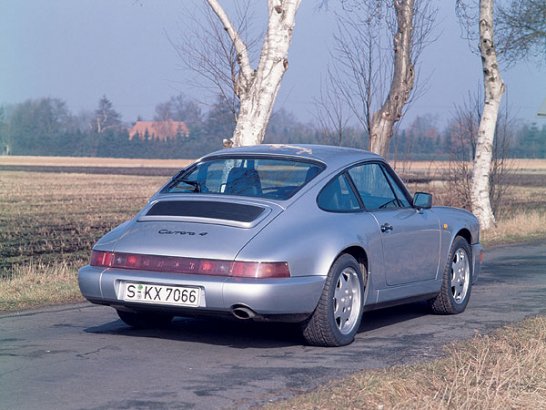
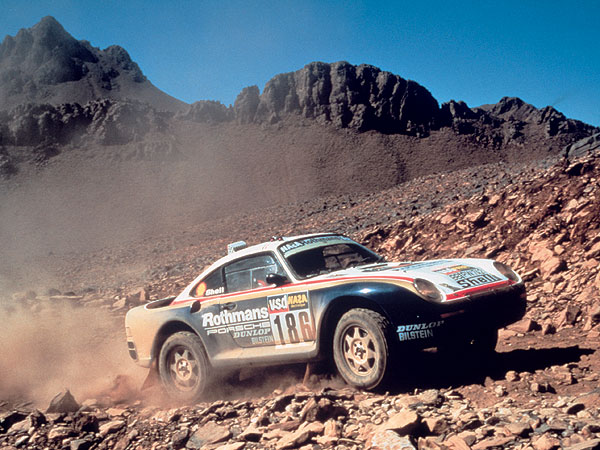
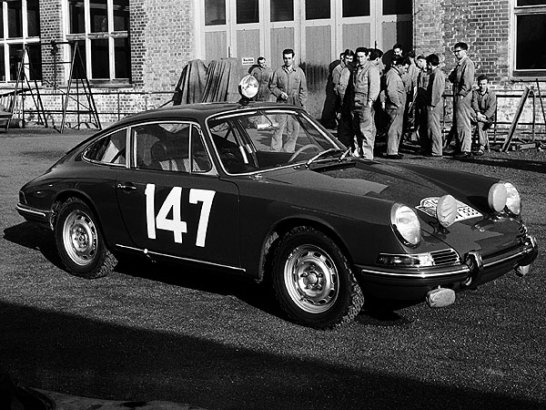
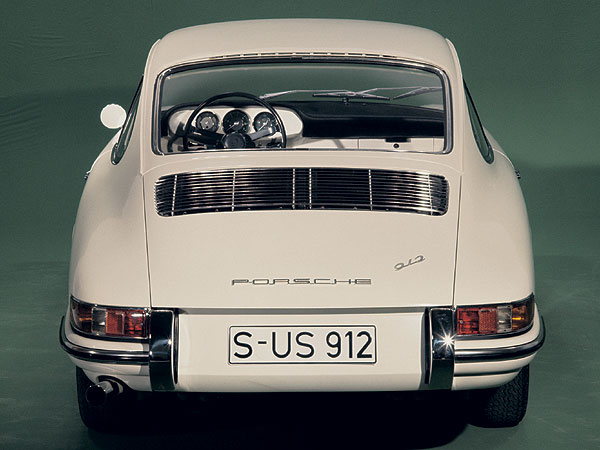
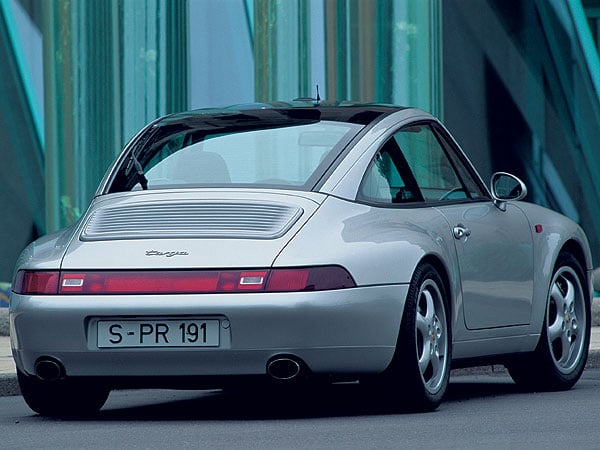

Text & Fotos: Porsche






























